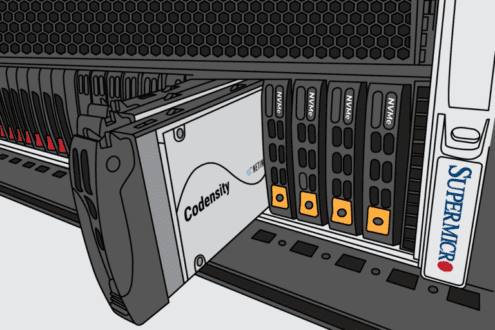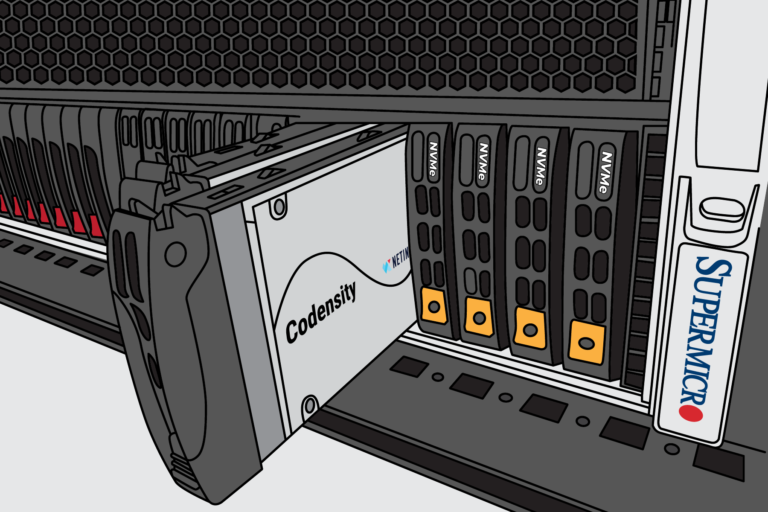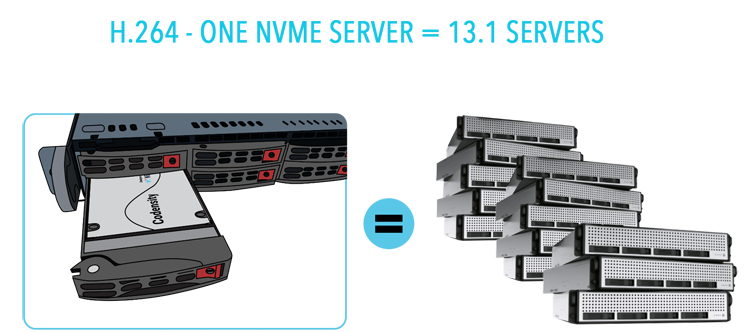Back in high school, if someone called you dense, it meant you were slow on the uptake, and it definitely wasn’t a compliment. For high-volume video transcoding, however, density is, without question, a major plus.
Some background. I now work with NETINT, a Canadian company that designs, develops, and sells ASIC-powered transcoders like the T408 and T432, which can output H.264 and HEVC, and the Quadra, which produces H.264, HEVC, and AV1. These transcoders are available in multiple form factors including U.2 and PCIe add-in cards. The U.2 modules fit into slots in rack-mounted servers like that shown in Figure 1, with some servers having the capacity for over 20 NVMe devices.
 Streaming Learning Center Where Streaming Professionals Learn to Excel
Streaming Learning Center Where Streaming Professionals Learn to Excel













